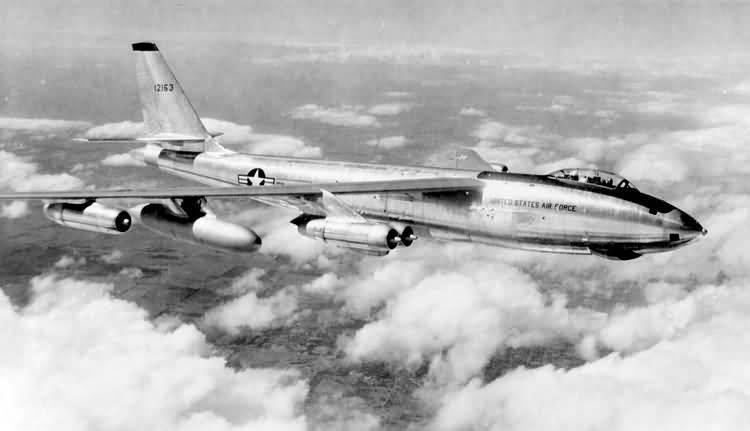THUNDER BAY - In 1956 a United States Air Force B-47 Stratojet crashed in the remote Northern Ontario wilderness, claiming the lives of three crewmen. A local explorer is raising concerns that logging activities could make access to the site easier, which he says should be protected.
“Any logging that comes in now will open up roads access to the site and possibly disturb an area where remains have been found,” said Rob Farrow, an outdoor explorer and Youtuber. “It’s a gravesite as far as we’re concerned and should be protected.”
Farrow has visited the crash site northwest of Thunder Bay multiple times and installed a plaque commemorating the men who lost their lives.
On Nov. 30, 1956, the B-47 was returning from a show-of-force mission over the Arctic Circle during the Cold War when a problem occurred with its aileron power unit, causing the controls to lock.
The plane entered a 70-degree bank spin and crashed into the ground. One crewmember was able to bail out to safety, while three others perished in the crash.
There were rumours that the aircraft was carrying nuclear weapons, but that was never confirmed. Farrow believes whatever ordinance the plane was carrying detonated on impact, causing the wreckage to be spread across such a wide area.
According to Farrow, who visited the site just two weeks ago, logging developments in the area have pushed to within three kilometres of the crash site.
“They’ve opened up roads that were previously grown in that you couldn’t access by anything more than foot,” he said.
A Ministry of Natural Resources and Forestry spokesperson said the area is identified as an Area of Concern.
“The site is protected by an Area of Concern prescription within the Forest Management Plan for the Black Spruce Forest,” the spokesperson said in an email. “Under this prescription no harvesting, renewal or tending operations can take place within 200 metres from the centre of the site. There are no exceptions.”
But Farrow said this 200-metre radius is not enough because wreckage from the initial impact site has been found more than 500 metres away.
“There’s an old tote road that goes right through the site,” he said. “Back in 1956 when the U.S. Air Force came and did an investigation, they found tissue samples and blood samples from crew members on wreckage that was more than 500 metres from the initial impact site.”
Farrow is concerned that if the site becomes more easily accessible, souvenir hunters may come in and remove pieces of wreckage.
“Over the years there’s been souvenir hunters and scrapyard people who have gone in and taken wreckage out,” he said. “I’ve gone around the site and there are 60 pieces of wreckage on the site that is spread out in an area of about 300 metres by 500 metres.”
Farrow is requesting an area of 1.5 kilometres by 1.25 kilometres be protected, though he said he the MNRF has not been very receptive, so he may try reaching out to members of provincial parliament.
“I just want to limit the four wheelers and the trucks from going into the site for easy pickings,” he said.
“The pieces are pretty noticeable when you are wandering through the bush. It’s really rugged country and grown in and swamp. When you get down to the impact site, it is very swampy. If the site becomes too accessible it makes it easier for people to go in and if someone finds something they could pick it up and take it home.”
